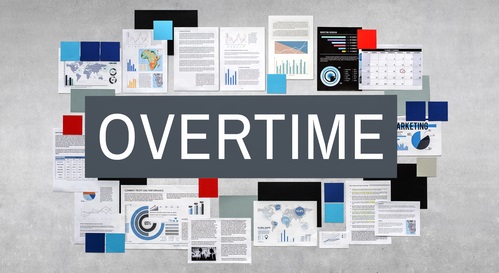Many HR managers will remember that in 2016, the Obama administration introduced a new overtime rule that would have increased the exempt salary threshold to $47,476 a year. The rule would have changed the pay of millions of employees and was scheduled to be implemented on December 1. In a last minute injunction, the rule was blocked just days before it was schedule to take effect. Subsequently, a lawsuit filed by 21 states and business groups invalidated the rule. We all knew that at some point, there would be a new rule, some modification was long overdue. But the issue was when would a new rule be proposed and what would the threshold be.
On March 7, the DOL proposed a new overrtime rule that would raise the threshold to approximately $35,000 per year, a midpoint between the current threshold of $23,660 and the prior proposed rule. In other words, an employee would need to earn at least $679 a week to be classified as exempt from the overtime to be in compliance with the Fair Labor Standards Act (FLSA).
The rulemaking allows for a public comment period so it is not expected that this would be in force until early 2020 at the soonest, and the potential for legal challenges and revisions exist. See the brief video below from Epstein Becker Green that offers a summary of proposed changes.
How do employers plan for a new overtime rule?
There’s still a potentially bumpy road ahead. Employment law attorneys Donna Glover and Dena Sokolow of Baker Donelson talk about the proposed overtime rule and offer helpful advice to employers:
“The DOL ambitiously states that new overtime regulations will be effective by January 2020, but with a presidential election on the horizon, the future of the overtime rule is still in flux. Depending on which party occupies the White House in 2020, the $47,476 threshold may even re-emerge again. At a minimum, now is the time to start preparing. It is important to understand exemptions and its impact on your structure, budget and employees.”
Given this, they offer seven concrete steps that employers should take now to prepare, including identifying who needs to be reclassified, reviewing job descriptions and analyzing the financial impact.
Similarly, in Compensation.BLR, Tammy Binford offers advice for preparatory steps in her article Proposed OT Rule Calls for Fresh Look at Worker Classification:
“With a new rule on the way, it’s time for employers to gather information as a first step in the decision-making process. If they have employees currently classified as exempt—and therefore not eligible for overtime pay—but making less than $679 a week, employers need to determine whether they will change their classification to nonexempt or raise their pay above the overtime threshold. But pay isn’t the only consideration.”
Her article interviews various employment who offer other considerations regarding classification.

